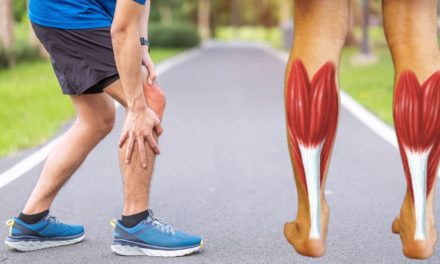Introduction
Arthritis is a term historically used to describe a wide range of musculoskeletal conditions that cause pain, stiffness, and inflammation in joints, muscles, and connective tissue. Today, the term “arthritis” is no longer used as a medical diagnosis, as it encompasses a variety of specific conditions that are now identified by their individual names. These conditions collectively fall under the broad category of rheumatic diseases. Rheumatic diseases can affect people of all ages and can significantly affect a person’s quality of life. In this comprehensive article, we will review arthritis, its possible causes, symptoms, and available treatment options to help you understand and effectively manage arthritis conditions.
Nature of arthritis
Arthritis, as a term, is no longer used clinically to describe a specific disease but rather a group of related conditions that include joint pain and musculoskeletal symptoms. The most common arthritic diseases include rheumatoid arthritis, osteoarthritis, lupus, gout, ankylosing spondylitis, and fibromyalgia. These conditions vary in their causes, symptoms, and treatment methods.
Possible causes of arthritis
The causes of arthritis are varied and may include:
- Autoimmune response: Many rheumatic diseases, such as rheumatoid arthritis and lupus, involve the immune system attacking healthy tissue, causing inflammation and joint damage.
- Wear and tear: Osteoarthritis, a common form of joint disease, is caused by the breakdown of cartilage in joints over time.
- Infections: Some infections can trigger reactive arthritis, a form of arthritis affecting joints and other organs.
- Genetic predisposition: Some rheumatic diseases may have a genetic component, making certain individuals more susceptible.
Arthritis symptoms
As arthritis covers a wide range of conditions, symptoms can vary. Common symptoms include:
- Joint pain: Persistent joint pain and stiffness that may worsen with movement or inactivity.
- Inflammation: Swelling and tenderness around the affected joint
- Reduced range of motion: Limited joint flexibility and mobility.
- Fatigue: General tiredness and lack of energy due to chronic inflammation.
- Muscle pain: Some rheumatic diseases can cause pain and muscle weakness.
Effective treatment methods
Treatment for arthritis depends on the specific condition diagnosed. Common methods include:
- Medications: Anti-inflammatory drugs, disease-modifying antirheumatic drugs (DMARDs), and biologics are used to control inflammation and slow disease progression in autoimmune rheumatic diseases.
- Pain relief: Over-the-counter pain relievers can be used to relieve mild pain and discomfort.
- Physical therapy: A physical therapist can create an exercise program to improve joint function, muscle strength, and flexibility.
- Lifestyle changes: Adopting a healthy lifestyle, including a balanced diet, regular exercise, and stress management, can improve overall health.
- Rest and joint protection: Resting the affected joint during a flare and using supportive equipment can reduce stress and prevent further damage.
Seeking medical diagnosis
If you’re experiencing persistent joint pain, swelling, or other arthritis symptoms, it’s important to get a medical exam for a proper diagnosis. Early diagnosis and treatment are essential to managing rheumatic conditions and preventing complications.
Result
Arthritis is a historical term that no longer serves as a medical diagnosis but rather represents a group of related musculoskeletal conditions. Understanding the possible causes, symptoms, and available treatment options empowers individuals to seek appropriate care and management for rheumatic diseases. Each specific rheumatic condition requires personalized treatment, and early diagnosis is critical for optimal outcomes. If you suspect you have arthritis or are experiencing joint pain and swelling, consultation with a healthcare professional is essential for accurate diagnosis and timely treatment. With the right approach and support, individuals can effectively manage their arthritis condition, improving joint health and overall health.










